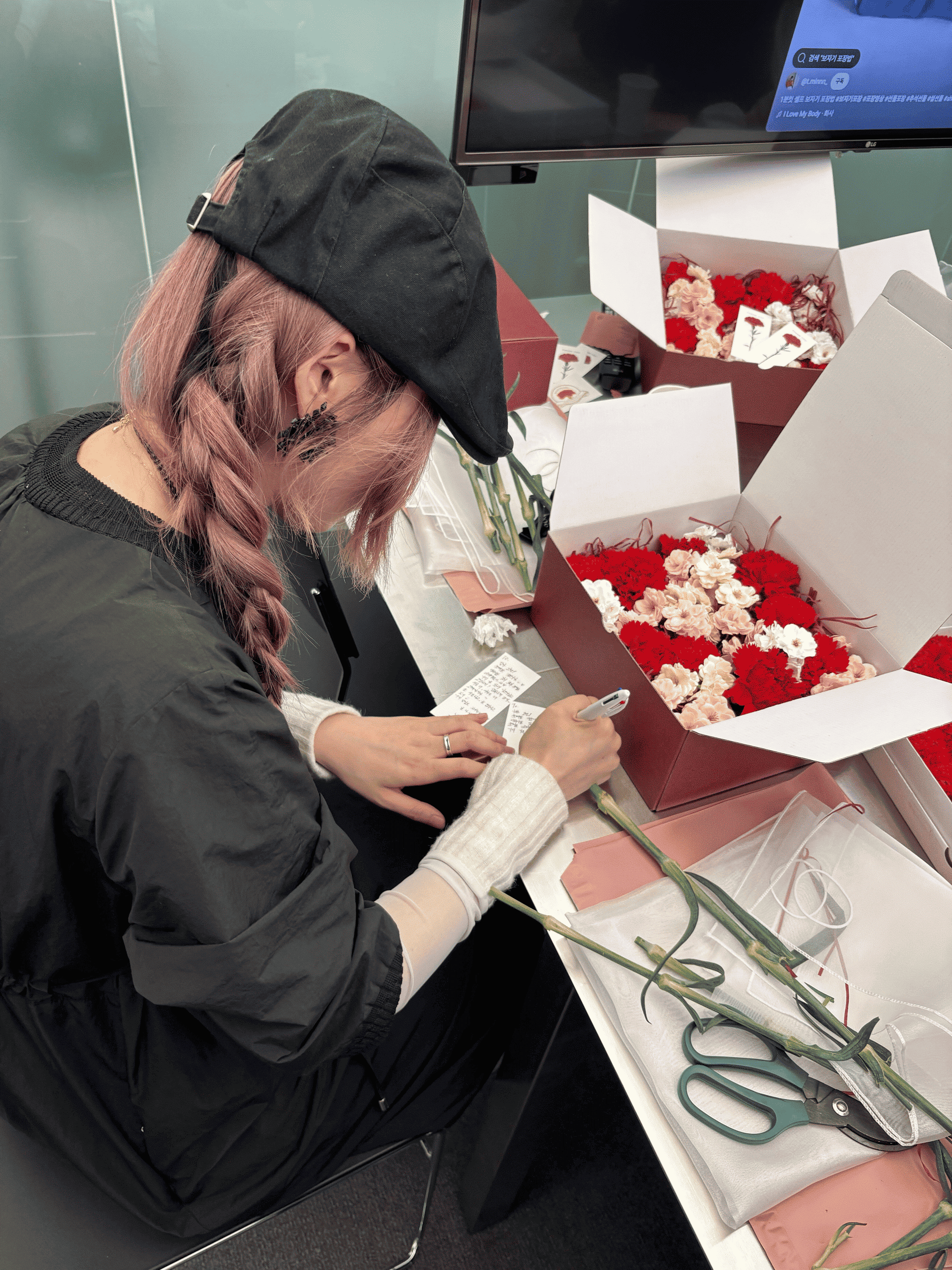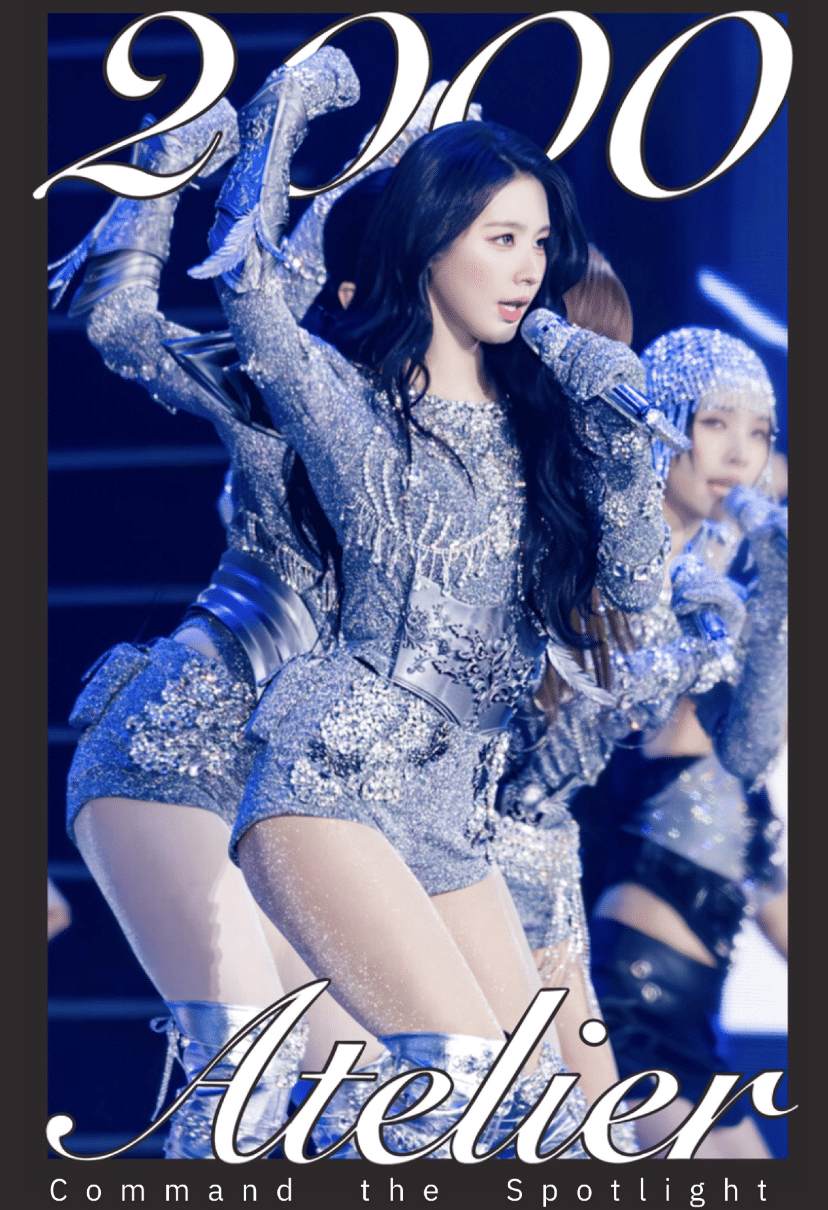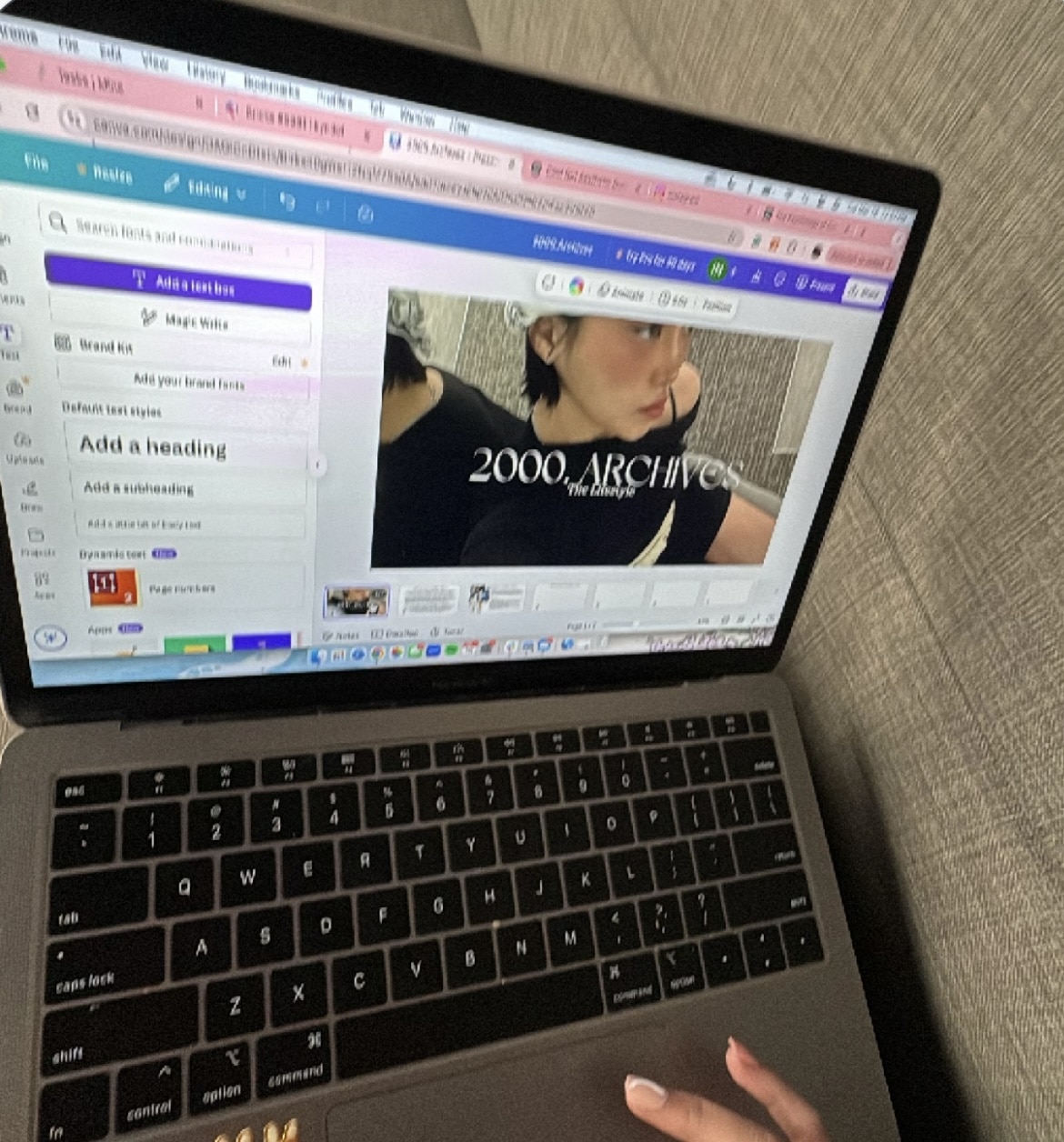Working abroad presents a unique set of challenges, and one of the most significant hurdles can be the language barrier. For international interns navigating the bustling work environment of Seoul, Korea, effective communication can sometimes feel daunting. This was the experience of three of our interns at 2000Archives: Audrey from Canada, Shari from Italy and Kia from Finland
Learn how they addressed these difficulties, the strategies they used to overcome communication barriers, and the important lessons they gained through their experiences. Join us as we highlight their inspiring journeys of resilience and adaptability in the dynamic, multicultural landscape of Seoul.
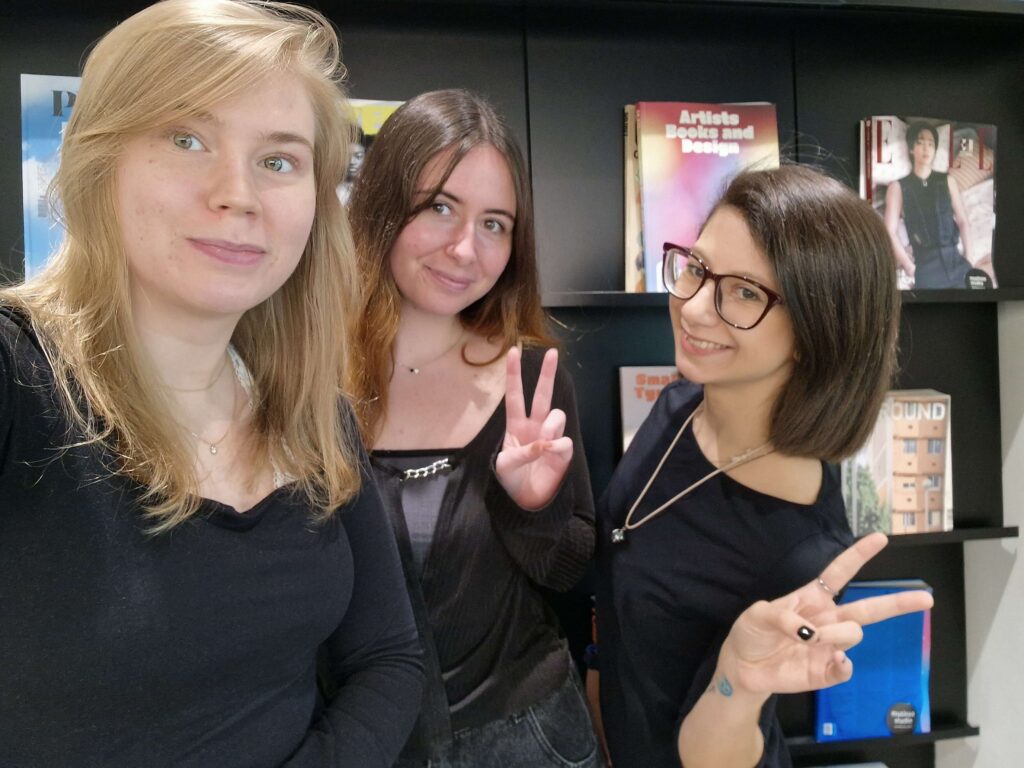
Onboarding 9 New Interns: Audrey’s story
A few weeks ago, I received exciting news: our company would welcome nine new interns the following week, and I would play a key role in helping them integrate into the workspace. Everyone felt a mix of excitement and nervousness, as this was the first time so many interns were joining simultaneously.
While I maintained a positive attitude and reassured my colleagues that everything would go smoothly, I couldn’t shake my own feelings of anxiety. Eight of the new interns were Korean with limited English, which made me anxious about our communication, especially given my own limited Korean skills.
Despite my fears, I thought: “How can I best prepare to ensure everything goes smoothly?” That is when I followed the daily schedule we created for the interns and started writing sample sentences in Korean for each step of the process. Even if I felt ready, I knew unexpected moments would eventually arise. It’s in those unplanned situations that we often learn the most and see what we are capable of.
The day began with me welcoming each of the new interns and guiding them in the waiting area until everyone arrived. Shortly after, we then started the office tour, where I assisted my Korean teammate. The hardest part initially was when I needed to ask questions to the group and I noticed that it often took them more than a few seconds to respond. In the beginning, I worried that I hadn’t phrased my questions correctly, but I soon realized they were just shy about responding in a group setting.
Although this challenge felt overwhelming at first, it turned out to be easier than I expected: with tools such as Deep-L, an accurate translation app from Korean to English, I was able to communicate effectively with the new interns. There were times when I made mistakes or caused some confusion, but we all shared a laugh about it. Overall, everyone put in their best effort and was incredibly patient with me during that time. Their support helped reduce my anxiety and gradually boosted my confidence as the days went by.
A Surprising Multilingual Meeting: Shari’s story
One experience that stands out was when a well-known Japanese influencer visited our office at 2000Archives. Meeting her in person was exciting, but navigating the dynamics in our multilingual workplace presented some challenges. Our team is quite diverse, but most conversations naturally happen in Korean, since the greatest part of my coworkers are Korean people.
While I’m Italian and comfortable in several languages, Korean and English are the go-to languages in the office. The influencer, although fluent in English, wasn’t very confident speaking Korean, even though her boyfriend and assistant were native Korean, we mostly used English to communicate throughout the meeting.
Right from the start, I spoke to her in Japanese, that simple gesture made her feel at ease from the very beginning: it created an instant connection, and from there, the conversation flowed smoothly. I was only a supporting character for my boss, the creative director, in the meeting while they chatted about our future plans and how our past experiences shaped the paths we were on. I made it my role to keep things comfortable—offering water, keeping the discussion lively, and helping everyone to feel included. Looking back, this moment reminded me just how valuable it is to learn multiple languages, even when you don’t expect to use them.
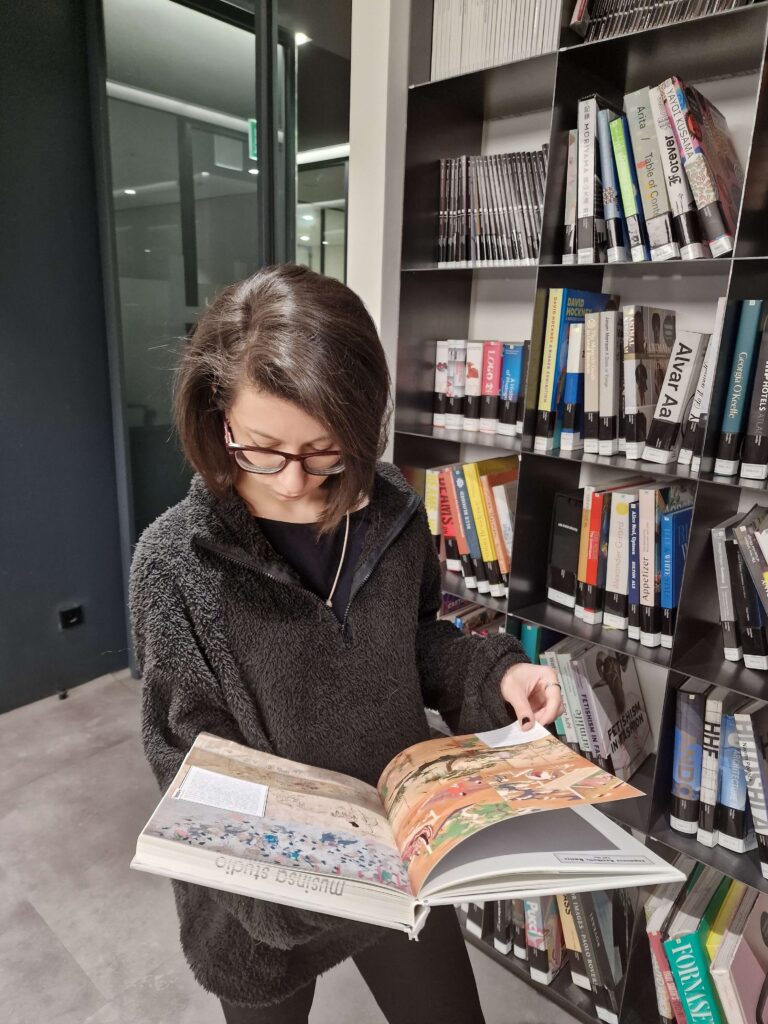
When I first arrived in Korea, I never thought my degree in Japanese would come in handy at a fashion office, but that day, it made all the difference at 2000Archives. The lesson I took away from this experience is that language learning isn’t just about being fluent; it’s about showing others you’re willing to meet them halfway. It may feel awkward at times, but trying is all that it takes. Every effort counts, and you never know when a skill will open doors to new connections. I came to Korea speaking six languages, and each one has already played a role in helping me connect with people in ways I never imagined
Follow us on Instagram for our latest updates & exclusives!
From Language Barriers to Tech Solutions: Kia’s Story
Working at a Korean company sometimes means attending meetings conducted primarily in Korean which presented a significant language barrier for me as an international intern. At first, I struggled to keep up with the discussions and felt overwhelmed by the rapid flow of information. Thankfully, I soon discovered effective strategies to bridge the communication gap
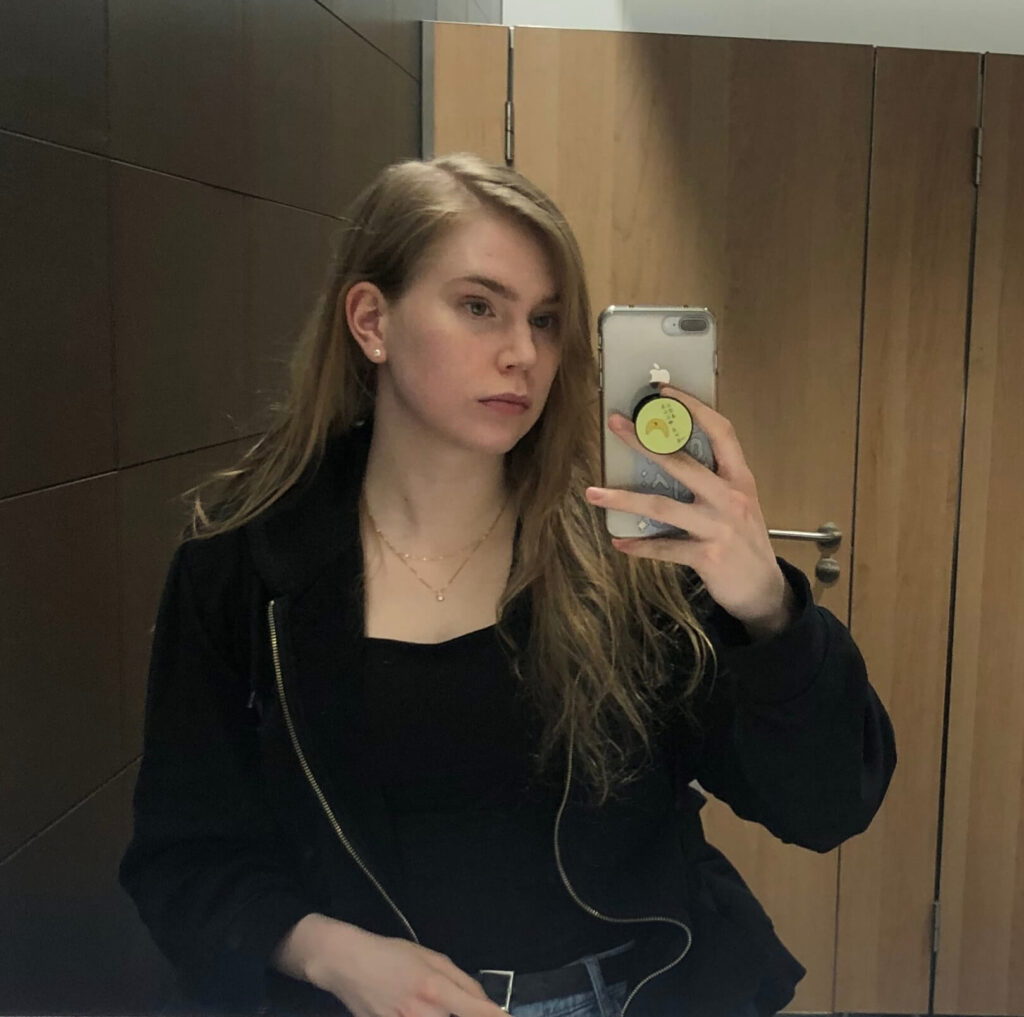
One meeting particularly stood out to me not too long ago: I was assigned the task of building customer profiles to better understand our target customers. As my teammate at 2000Archives began explaining the new task that I was assigned to, she accidentally started to spell it out to me in Korean, despite knowing that my Korean skills can be limited.
As she didn’t notice, I listened attentionally, trying to grasp at least a few key words but, I still felt somewhat lost. After a few minutes, she noticed my confusion and realized that I was struggling to understand the task she was giving me. That’s when she mentioned that she wasn’t sure how to explain it in English, as she only knew the specific terms in Korean.
I tried hard to find a solution on how we could solve this issue so that I could complete my work. That is when I decided to use a translation app with a real-time conversation feature, which helped us gradually understand each other. I got a bit nervous: while the translator successfully handled most of the conversation, there were still some gaps left unaddressed. Thankfully, with a bit of patience and collaboration, we achieved a clear understanding of the task at hand.
Ultimately, it served as a reminder of how technology can unite us despite language barriers, and that we should embrace these tools without any hesitation. While it may not resolve every challenge we might face in the future, it will undoubtedly be valuable to enhance the communication between each others.
Interning in Korea can feel intimidating at first, especially due to the language barrier. However, with the availability of numerous translation tools and apps, navigating these challenges has become much easier. Don’t let linguistic limitations hold you back from pursuing your dream internship in Korea. Embrace the opportunity to grow and thrive in a vibrant work environment!
Looking to join our Team?
Check out our open positions!
이 글은 한국어 (Korean)로도 제공됩니다






